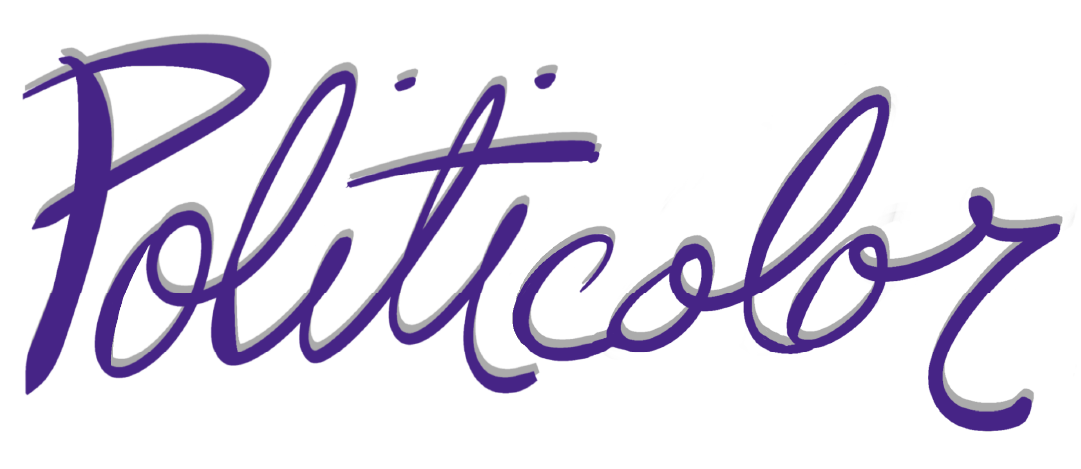There’s something about public art that gets to the heart of Politicolor’s project. When Carlos Collejo offered a tour of L.A. murals to our National Academy group in 2009, he explained the people and the art meet in the streets through these works of art. In the short video, “The Battle for LA’s Murals,” a muralist suggests museums are for dead people. While that might be a bit extreme, the art we saw on the mural tour was electrified with what a community aspired to and accomplished alongside the challenges they faced, the conflicts they still carried on their shoulders and their calls to a higher purpose.
Politics is inescapable. It’s embedded in every effort to understand who we are as a community, what we value and how we resolve conflict. L.A. muralists believe their work to represent their community is now challenged from two different directions with everyone claiming their right to free speech is in jeopardy.
I found this video through Open Culture so I’m going to recommend you visit their site for a bit of background on the conflict. I find it interesting that the muralists claim their work represents the community while graffiti artists only promote themselves. Graffiti has a long history associated with public protest, and I’m not interested in arguing that point here. The interesting part is that, in this assessment, the community outweighs the individual. This criticism is presented as everything you need to know to understand which work has value and which work doesn’t. These value judgments are tricky when you compare a real Rembrandt work to one from “the school of Rembrandt.” It might just be impossible when comparing museum pieces, public murals and graffiti.
What is informing the value we assign to L.A’s murals and their challengers: the city’s commercial ordinances and the local graffiti artists?
You can watch the video here:
Behind The Wall: The Battle for LA’s Murals from Oliver Riley-Smith on Vimeo.
Bonus Points: Open Culture is an excellent resource for free educational media on the web. They have a directory of free university course on the web, free ebooks, free videos, free language courses… you get the idea, right? If you’re not the type to keep up with a website through an RSS feed, you can “like” them on Facebook and pull their posts into your newsfeed. Super easy.

